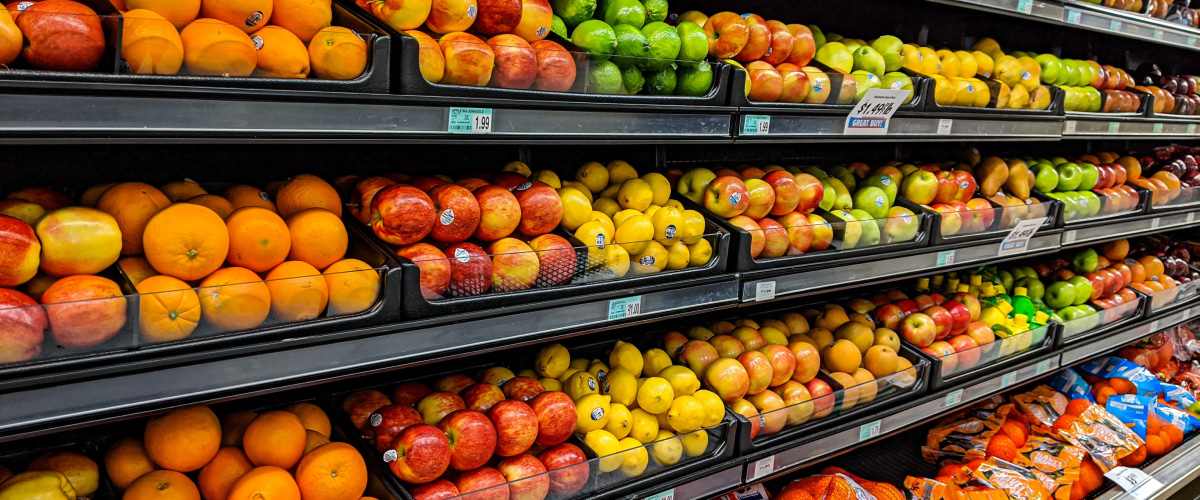Can a different “wording” ease the food systems transformation?
According to experts, the way we use words to describe food-based concepts can help to improve the EU policies on food systems. Read how in this article.

The way food is framed – for example, the definition of “food” at the policy level – can influence the identification of problems and solutions for food systems, as well as shape policies and their impacts. For instance, the European Commission’s (EC) Fram to Fork (F2F) strategy addresses food as a commodity, meaning that food is produced based on consumer demand and food quality, which may not consider certain aspects of food, such as environmental impact. Therefore, a group of scientific experts (including Hugo de Vries, the FOODPathS coordinator) made recommendations to the EC to shift the framing of food in the article “Food as a commodity, human right or common good”.
The key elements of the recommendations can be summarized in the following 3 points:
1.Food is more than just a commodity
This ‘commodity’ narrative sees food as something to be traded and economically valued, and the food supply as dependent on market needs. But it neglects the social values of food. Thus, as in the F2F strategy, it lacks recognition of the food environment and related power imbalances and focuses on informed consumer choice without the link to the environment.
2.Framing food as a human right
In this narrative, food is seen as a human right, and it describes food rights in terms of democratic participation in food system decisions, supporting fair and transparent access to all necessary resources for food production and marketing, avoiding human exploitation. It recognizes access to healthy and cultural food and the values associated with it. Therefore, the policy implications of this narrative would support vulnerable groups and aim to ensure good food for everyone.
3.Framing food as a common good
This narrative recognizes the complex social arrangements and multiple dimensions of food, from the use of natural resources to the needs of different communities. It emphasizes the need for common rules and the need for different governance structures. Therefore, the policy implications of this narrative would put a collaborative governance structure at its core, aimed at meeting the food needs of diverse communities. It would support food democracy by seeing citizens not only as consumers but also as participants in food policy.
In conclusion, the authors argue that although the F2F Strategy recognizes the need for a food transition, it falls short in addressing the social dimensions of food systems and therefore lacks the creation of food policies that will support the transformation into sustainable and just food systems.
You can read more about the way food is framed in the F2F Strategy and its consequences for how it deals with food system transformation.